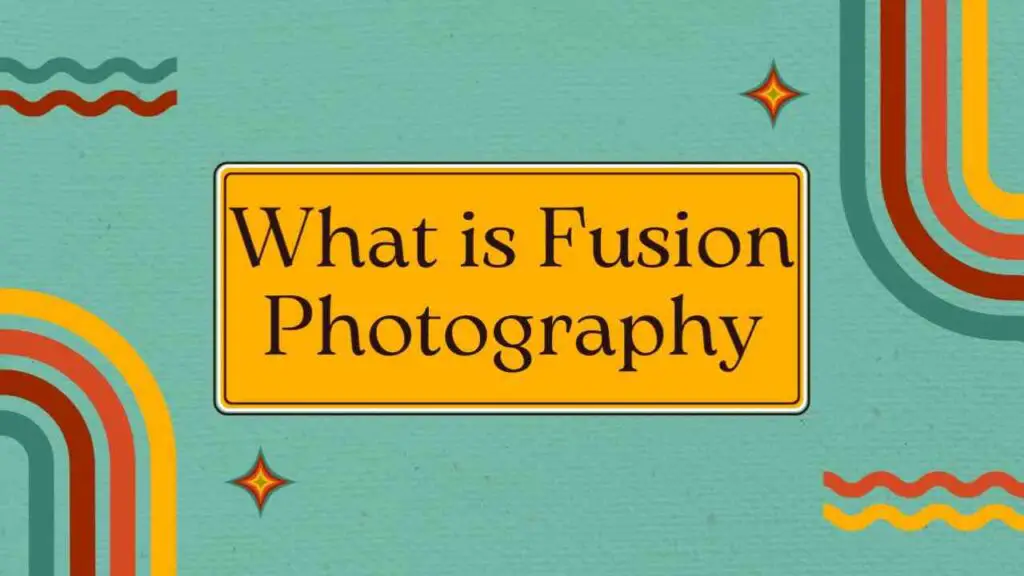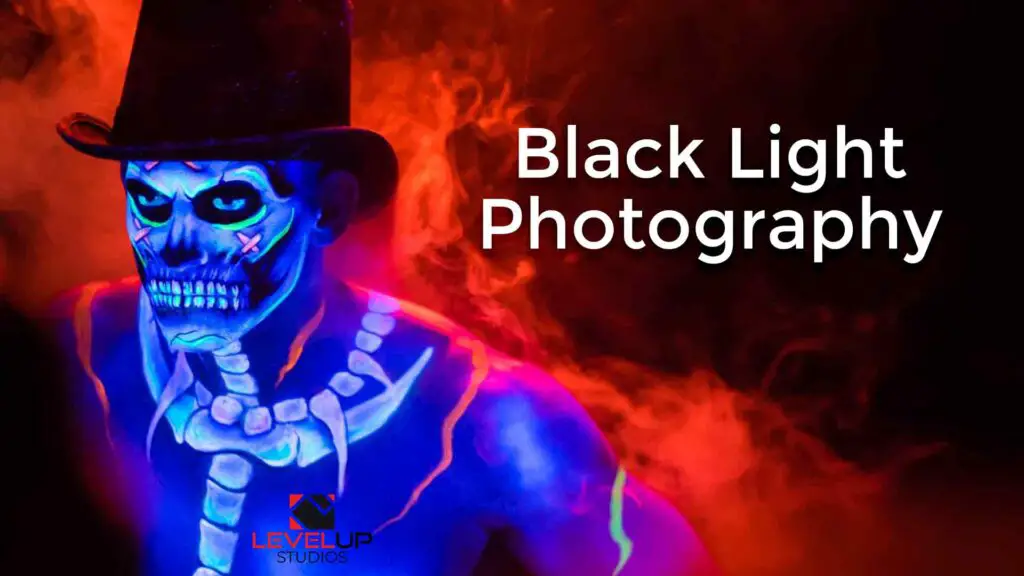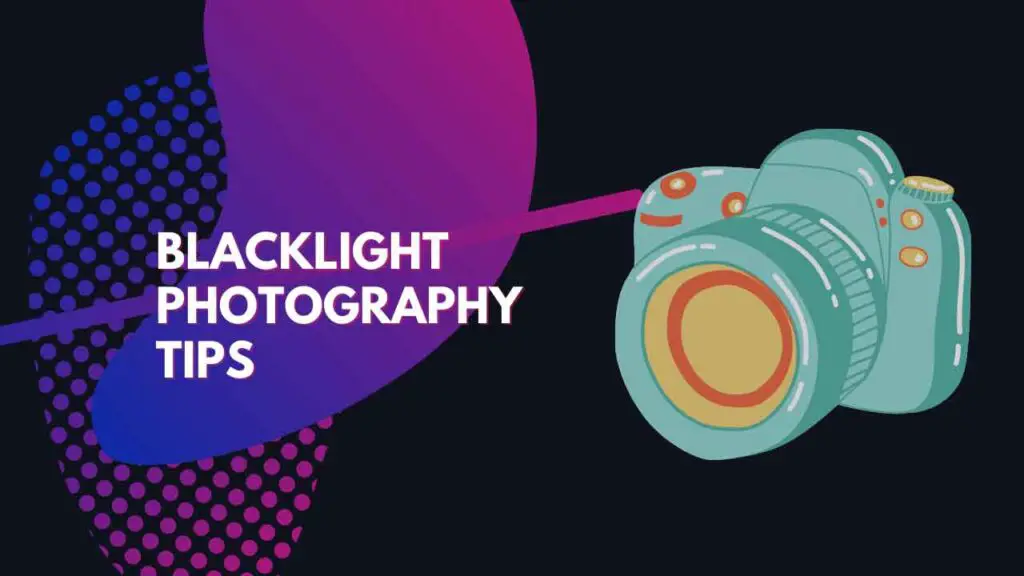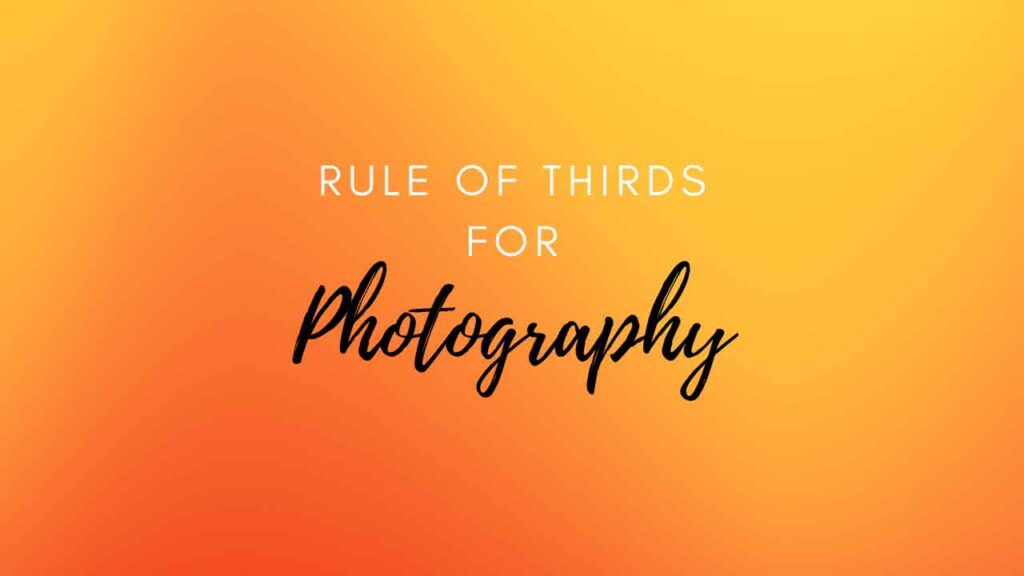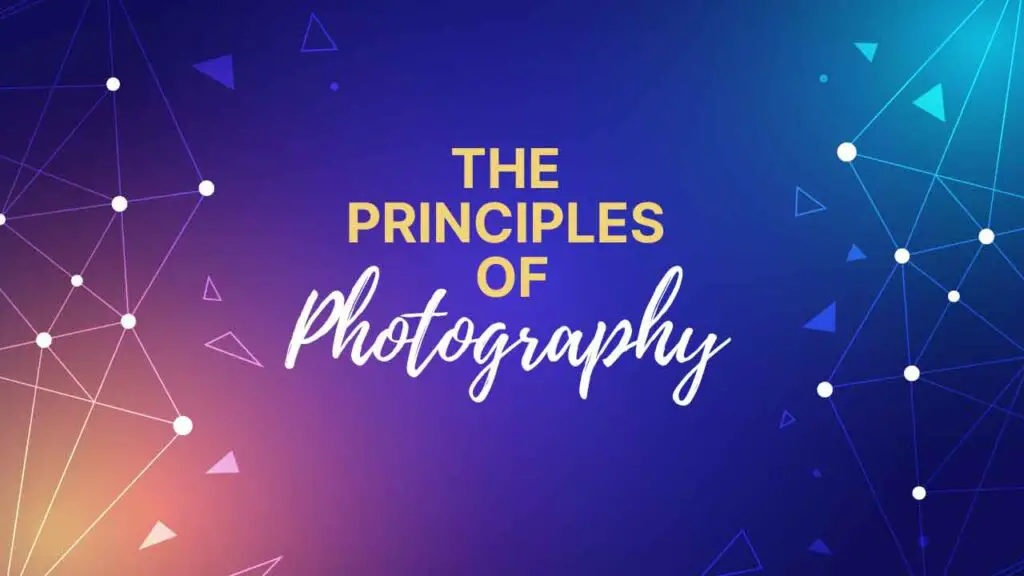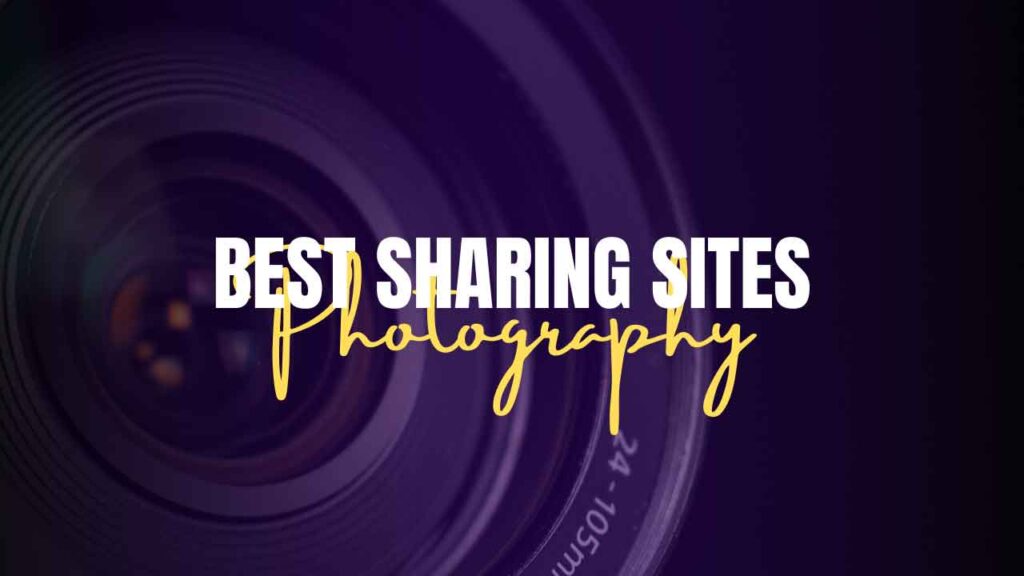THIS ARTICLE MAY CONTAIN AFFILIATE MARKETING LINKS! IN CASE YOU MAKE A PURCHASE THROUGH ONE OF THE LINKS, WE'LL GET A SMALL COMMISSION. WITH NO EXTRA CHARGES TO YOU. THANKS!!
Looking for understanding what is fusion photography? then stop your search as we discuss about the concept of fusion photography in this article. Welcome to the illuminating world of fusion photography, a realm where the boundaries of traditional imagery are transcended, and the art of capturing light takes on a new dimension. This innovative technique is not just about snapping pictures; it’s a meticulous craft that blends multiple exposures to create a single, harmonious image that reveals details invisible to the naked eye.
Whether you’re a seasoned photographer or an enthusiastic beginner, understanding fusion photography can transform the way you perceive and capture the world around you. So, let’s embark on this visual journey and unravel the magic behind fusion photography, where every shot is more than just a picture—it’s a symphony of light.
What is Fusion Photography?
Fusion photography, often referred to as image fusion, is a process that combines all the important information from multiple images into a single image that is more informative and accurate than any of the individual source images. This technique is used to create images that are more suitable for human and machine perception.
In the context of multi-focus image fusion, this technique uses input images with different focus depths to produce one output image that preserves all the information, ensuring that the entire image is in focus. It’s particularly useful in fields like remote sensing, surveillance, medical diagnosis, and photography applications.
The main goal of an image fusion algorithm is to generate a visually appealing fused image with less computational time, by maximizing the fusion gain and minimizing the fusion loss and fusion artifacts. The process can involve various methods, including spatial domain fusion and transform domain fusion, with techniques like averaging, high-pass filtering, and wavelet transforms.
How Does Fusion Photography works
Fusion photography, specifically exposure fusion, works by combining the best elements from a series of bracketed exposures into a single image. Here’s a simplified explanation of the process:
- Bracketed Exposures: The photographer takes multiple shots of the same scene at different exposure levels. This usually includes underexposed, correctly exposed, and overexposed images to capture the full range of light in the scene.
- Weight Assignment: Each pixel in these images is analyzed for qualities like contrast, saturation, and luminosity. The software assigns weights to each pixel based on these qualities.
- Pixel Selection: Depending on the assigned weights, the software selects the most suitable pixels from each exposure. For example, pixels with the best luminosity from the correctly exposed image, the best saturation from the underexposed image, and the best contrast from the overexposed image.
- Image Fusion: The selected pixels are then seamlessly blended together to create a single image that contains the optimal exposure for every part of the scene.
The result is an image with a high dynamic range of colors and brightness, but without the need for the tone-mapping step required in HDR (High Dynamic Range) photography. This leads to a more natural-looking final image and avoids common HDR issues like halos around objects.
Exposure fusion can also be used creatively to combine images with different depths of field, resulting in a photo where more of the scene is in focus than would be possible with a single exposure. This technique is particularly useful in challenging lighting conditions or when you’re limited by the capabilities of your lens. It’s a powerful tool for photographers looking to enhance their images directly in-camera or through post-processing software.
Amazing Applications of Fusion Photography
Fusion photography, a technique that seamlessly integrates multiple images to enhance the final output, has revolutionized various industries with its multifaceted applications. In the medical field, it allows for the synthesis of images from different modalities, such as CT scans and MRIs, providing a more comprehensive view that aids in accurate diagnoses and treatment planning. The realm of remote sensing greatly benefits from image fusion by merging data from different spectral bands or time frames, facilitating environmental monitoring, urban planning, and resource management. The military and surveillance sectors employ this technology to improve the clarity and detail of night vision and thermal images, enhancing the ability to detect and identify objects under challenging visual conditions.
Robotics integrates image fusion for superior navigation and object recognition, combining visual data from various sensors to interact more effectively with the environment. Astronomers utilize fusion photography to amalgamate images captured at different wavelengths, yielding clearer insights into celestial bodies and phenomena. In the automotive industry, advanced driver-assistance systems (ADAS) incorporate image fusion to amalgamate data from cameras and other sensors, thereby improving vehicle safety and navigation.
Lastly, in the sphere of digital photography, this technique empowers photographers to create images with high dynamic range, better focus across the frame, or creative compositions that would be impossible with a single exposure. These diverse applications underscore the transformative impact of fusion photography, making it an indispensable tool in both professional and creative domains.

Creative Uses of Fusion Photography
Fusion photography, at its creative zenith, transcends mere image capture, becoming a canvas for boundless imagination. It’s a technique where the shutter’s click is just the beginning of an artistic odyssey. Photographers and designers alike harness this method to infuse their work with depth and narrative, blending exposures to craft visual stories that resonate with vibrancy and emotion. In the hands of a creative, fusion photography morphs into a tool for innovation, allowing the layering of textures, the merging of time-lapse sequences, or the integration of disparate elements that would otherwise clash.
It’s seen in the surreal landscapes that juxtapose day and night, in the portraits where sharpness and blur dance in harmony, and in the architectural studies where light and shadow are not just recorded, but orchestrated. This technique has also paved the way for the fusion of photography with graphic design, where photographic realism meets the abstract strokes of digital artistry, creating a hybrid that speaks in a new visual dialect.
The synergy of these mediums opens doors to uncharted territories of expression, where the rules of composition are rewritten, and the barriers between reality and fantasy blur. Fusion photography is not just a process; it’s a playground for the avant-garde, a domain where the only limit is the creator’s own inventiveness.
World Renowned Users of Fusion Photography
Fusion photography has been embraced by various artists who blend traditional photographic techniques with digital innovation to create captivating works. Here are a few notable artists known for their fusion photography:
- Stev’nn Hall: Hall combines impressionist painting with photography, creating landscapes that blur the line between fantasy and reality.
- Flora Borsi: Known for her surreal photographic art, Borsi often merges human figures with animal features, creating a unique, dream-like aesthetic.
- Valeria Trasatti: Trasatti’s FOX series showcases a blend of photography with whimsical painting elements.
- Gabriel Nardelli Araujo: In his Canvas Project, Araujo digitally inserts classical paintings into modern-day scenes, creating brilliant Photoshop collages.
- Elena Efremova: Efremova’s Watercolor Photos involve photographing watercolor paintings aligned with landscapes, creating a seamless blend of art and reality.
These artists exemplify the creative potential of fusion photography, pushing the boundaries of visual art by merging different mediums and techniques. Their work often results in a surreal selection that challenges our perception of photography and painting as separate forms of art.
Conclusion
In conclusion, fusion photography stands as a testament to the ever-evolving landscape of visual arts, where technology and creativity converge to expand the horizons of image-making. It is not merely a technique but a revolutionary approach that has redefined the possibilities within photography. From the precise applications in medical imaging and surveillance to the boundless creativity in digital art, fusion photography has proven its versatility and impact.
As we continue to explore and innovate, fusion photography will undoubtedly remain at the forefront, pushing the boundaries of what we can capture and how we perceive the world through the lens. Whether you are a professional photographer, an artist, or an enthusiast, the fusion of multiple exposures offers a powerful tool to enhance, transform, and elevate your visual narratives. The future of photography is bright and limitless, and fusion photography is leading the charge into this brave new world of endless potential.
